Threats Impact the Roofing Industry – What is on the Horizon?
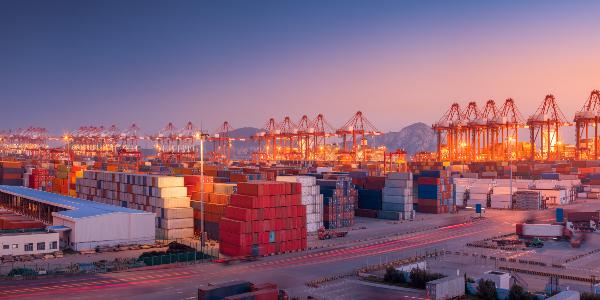
By Brad Van Dam, VP of Sales, MTL Holdings.
Metal-Era and Hickman Edge Systems address current threats to the roofing industry and presents possible solutions.
Rising material costs, long lead times and labor shortages have dramatically impacted the commercial roofing industry over the past two years, beginning with the impact of COVID-19 and carrying into today’s supply chain shortages and inflation. In my 28 years of experience – 18 as a concrete coating subcontractor and the last 10 from the manufacturing side of the commercial roofing industry – I have never seen this duration of difficulty. As a vertically challenged former volleyball player and current coach, I am reminded of a grueling five-set side-out match, where you first must win a rally to side-out, and only then can you serve to win another rally to score a point. Matches were often a test of mental and physical stamina, more than a burst of your team’s skill.
Many of us are tired and worn out from one thousand knives and ten thousand cuts to our routines and normal decision-making process. There were so many price increase emails, that for about six months they may have rivaled the number of email phishing attempts we receive. Fortunately, the roofing industry understands resilience. Roughly one million roofing industry workers have shown stamina, and we are learning how to speak together with One Voice. As with any difficult game against a daunting opponent, we learn something and grow, regardless of the match outcome. Looking at the forest through the challenging trees of today, what are the key issues that will remain before we begin the next match?
Skilled labor shortage
Unfortunately, labor will remain a key issue. NRCA Roofing Day 2022 in Washington D.C. was a tremendous experience. From the topics raised by the largest contractor organization in the industry, it is no surprise that skilled labor will likely remain the primary issue facing roofing. U.S. demographics are not the bearer of great news with predicted slowing population growth rates.
Statistically, the labor participation rate in the U.S. has recovered from its recent low of 60.2% after COVID’s initial impact to its current 62.4%. Sadly, the participation rate has remained on a decline from its peak of 67.3% in early 2000. The Bureau of Labor Statistics forecasts a continued downward trend, projecting a 60.4% rate by 2030.
How will the impact of COVID change this pre-COVID participation forecast? It would be logical to assume COVID did not reverse the current trend. Will the exceptional efforts by contractors, manufacturers and industry partners to recruit and train replacement and growth workers increase roofing installation capacity? Will we be trading labor with each other regionally and between industries, and simply have winners and losers in the race for teammates? With expanding installation portfolios like walls, envelope products and solar, what shift will we see at an industry level from labor deployment decisions? Industry growth requires a significant catalyst in demographics, immigration or a labor shift from other industries, during a time when many other industries will need similar catalysts.
Productivity will be more critical
The overall construction industry has a glaring productivity issue. From 1995 to 2012, McKinsey reports that construction productivity in worker output declined, whereas manufacturing productivity in worker output increased 1.7x. McKinsey estimated the lack of productivity improvement impacted the construction industry by over a trillion dollars of GDP. The data from 2007 to 2020 was similarly dismal, showing in specific construction categories that gains in productivity were largely offset by other factors.
While it can be logically argued that commercial roofing is “more productive” due to the increase in single-ply installation, new roofing application methods and tools, worker productivity will be more critical given the difficult labor market. Total cost of ownership of systems and products, total installed hours and total product life are critical for productivity. When we choose products that require less labor to install with longer effective lives, we make a difference both now and for the next generation of roofers.
Solutions for productivity require local specifying and buying decisions to account for labor availability both now AND in the future. This may not be the norm today as “think global, act local” has always been a difficult challenge. Tracking and supporting labor productivity belongs front and center in industry organizations, manufacturers, and contractors alike. Roofing installation labor is a limited resource that needs productivity improvement. An industry that is focused on labor as a limited resource may actively look for positive disruptions.
In 2018, the American Trucking Association referenced a 15-year shortage of drivers and said, “The increase in the driver shortage should be a warning to carriers, shippers and policymakers because if conditions don’t change substantively, our industry could be short just over 100,000 drivers in five years.” The 2022 current state, wherein driverless or semi-driverless trucks are not yet visibly impactful to trucking labor productivity or have not yet solved this issue, provides little hope. It would be pleasant to see roofing lead productivity improvements now and not look back 15 years in the future at the same threat. The challenge of productivity will remain and how we handle it will be impactful to all of us.
Rising risk environment for everyone
I mentioned 10,000 cuts, try 27 billion. Aon estimated 2021 Weather, Climate and Catastrophe total insured losses from severe convective storms (SCS) at $27 billion dollars. This was the third costliest year on record with three years in a row at $20+ billion dollars of loss. In 2021 NOAA reported 1,376 tornadoes, below the average of 1,500; however, this was unfortunately bookended by 193 December tornadoes, almost twice the previous December record of 97 in 2002.
We sadly learned and will not forget what a derecho is, generating billions of dollars in damage and, more critically, loss of life. It is estimated that 50-65% of insured loss in wind events occur at the roof of a commercial property. It should therefore not be a surprise that those who focus on resilience fare better in these rising risk environments. Reading the 2021 annual report from one of the most recognized names in the commercial building insurance industry, I was struck with one finding that conveyed a lower-than-expected loss ratio in a clearly terrible year of loss: “Consistent with findings from previous years, clients who implemented our recommendations weathered the elements with minimal damage.”
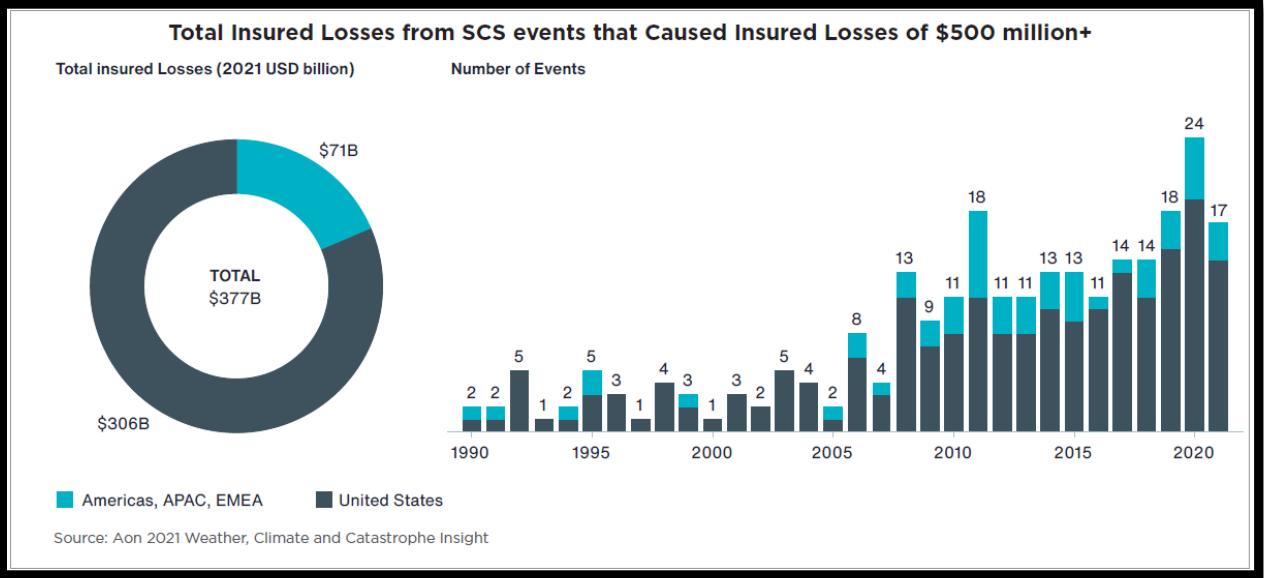
As an industry that manufactures, installs, services and protects hundreds of millions more feet annually than each year before, commercial roofing will continue to carry more risk, impact and importance. As we learn from deadly storms and damage to our communities, roofing is a critical component of infrastructure that protects our family and neighbors where they work and live. The damage from severe weather events is consistently trending higher in both overall cost and number of occurrences. At the local level, we make buying and purchasing decisions that increase or reduce the risk for the industry. As the number and cost of severe events increases, our acknowledgment of the risk and our strategy to mitigate must correspond.
Solutions to win a difficult match
Fortunately for the roofing industry, there are a tremendous number of outstanding humans and exceptional groups that care about the larger issues, and there is a will for positive change. Two years into a “side-out” match of epic proportions, influential roofing industry members and associations are speaking up and investing in solutions.
1 - Advocate to help more people find prosperity and a future in roofing. Get involved in NRCA’s roofing day in D.C. Every issue discussed in the 2022 session surrounded workforce. Ensure that your voice is heard locally and nationally on the need to expand the workforce in our industry and local communities. And as one senator I visited admitted, “Don’t wait for D.C.’s help…we are a hot mess.” The Senator proceeded to share the story of a local business purchasing an abandoned hotel, converting it to a training center, and partnering with a local technical college to develop a curriculum for truckers to build their entry-level programming.
2 - Frame decisions in total cost of ownership, accounting for both productivity and length of product life, whenever possible. During my 18 years as a contractor, I often found myself choosing less productive methods for project-based requirements for fear of rocking the boat. This led to less productivity for my most limited resource — labor. In the future environment of a projected lower participation rate, our productivity is impacted by project and material selection, and on what we choose to deploy our labor to execute. Adding a crew does not by itself change industry productivity, it adds output. Improving the installation process, choosing a product that installs faster and lasts longer, and selecting projects and products that have high return on labor hours deployed is productivity improvement and will help the industry.
3 - Push for higher standards - quality and codes that align with reducing risk. The roofing industry has done an amazing job of adopting higher safety standards to protect its workers. Forcing higher quality and encouraging auditing and compliance would greatly reduce risk to the industry and the people we are charged with protecting. We have long known willful ignorance of safety or flaunting quality and codes hurt corporate risk profiles as well as the roofing industry in general. Moreover, ignoring standards and codes impacting safety minimizes the value of the scarcest of resources and most vital component of the industry, our people. We have a similar obligation to raise the level of local compliance with safety and codes to protect those who work and live in and on the buildings we cover. It is not logical to wait for the government to force an industry to comply. NIHB indicates every $1 spent on improving code standards equals $11 in risk mitigation in a wind event. Choosing to install lower risk systems, exceeding the minimum hurdle of code whenever possible, and executing installations safely is frequently a local decision that can greatly reduce the risk profile at or beyond the rate that risk is increasing for our industry. Doing what is right is usually the right thing to do, especially framed in a larger context of risk.
The roofing industry welcomed me in 2012, and the past 10 years have been almost as rewarding as the 28 years I’ve spent coaching youth volleyball. I have confidence that the roofing industry understands resilience and has the will and stamina to win the long game. It won’t be easy, and as my first volleyball coach, a gentleman by the name of CR Doss used to say, “Hard things in life are usually worth doing.” It was sound advice then and seems to be again today.
Learn more about Metal-Era in their RoofersCoffeeShop® directory or visit www.metalera.com.
About Brad Van Dam
Brad Van Dam is the Vice President of MTL Holdings, the largest manufacturer of commercial fascia, coping, and gutters in North America, the current President of SPRI (Single Ply Roofing Industry), serves on three not-for-profit boards and coaches youth volleyball for Milwaukee Sting Volleyball Club in Menomonee Falls, Wisconsin.
About MTL Holdings
MTL Holdings is the parent company of Metal-Era, LLC and Hickman Edge Systems. Together, Metal-Era and Hickman Edge Systems hold the broadest portfolio of tested roofing and building envelope perimeter securement solutions on the market. The Metal-Era and Hickman team are driven by their purpose to protect the community at the places they go most, working with architects, consultants, contractors, and distributors to ensure securement of the building’s edge. Learn more by visiting the brand websites at www.metalera.com and www.hickmanedgesystems.com.

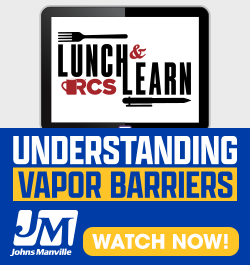

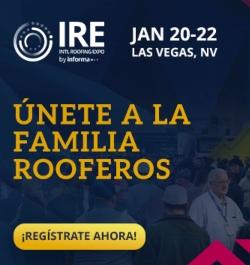





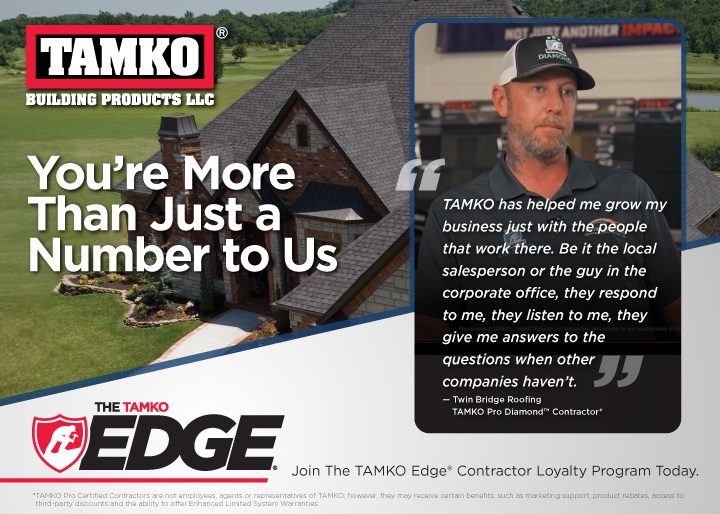




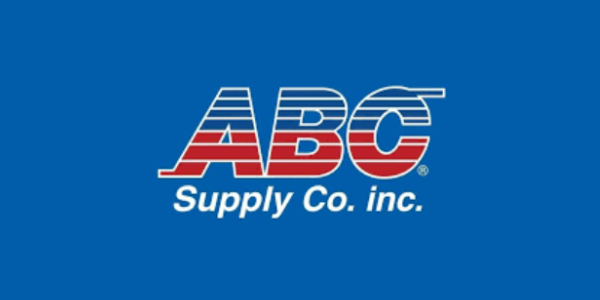







Comments
Leave a Reply
Have an account? Login to leave a comment!
Sign In